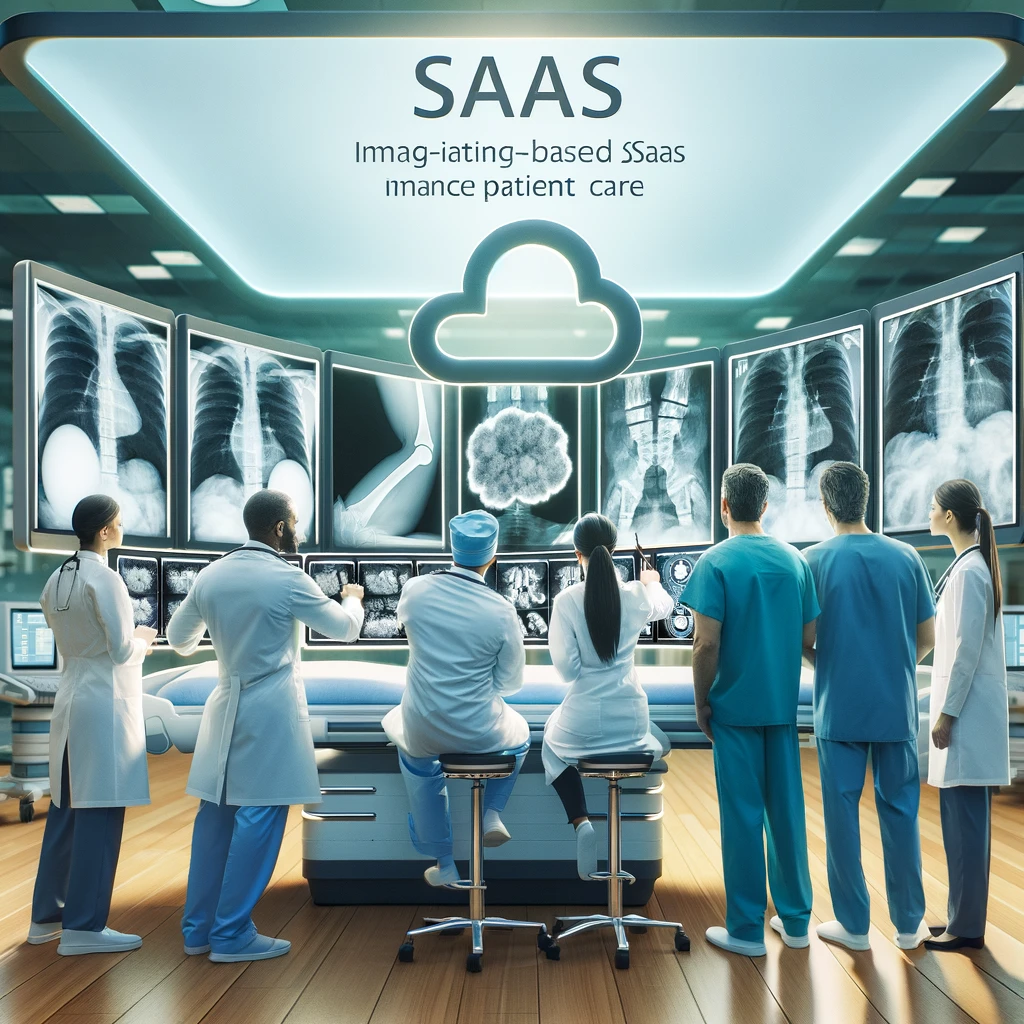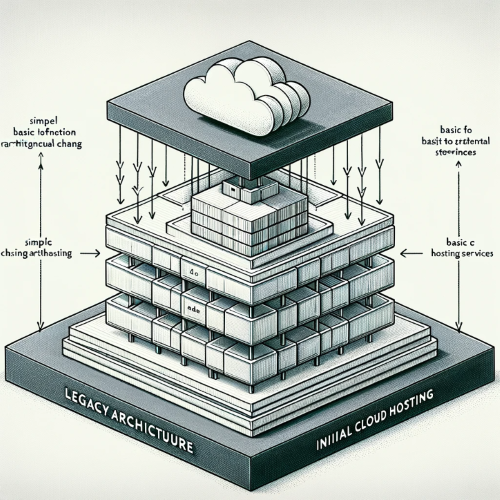The evolution of enterprise software in healthcare imaging toward true Software as a Service (SaaS) is a nuanced journey, unfolding in distinct phases. This transformation is not merely about adopting new technologies, such as cloud computing. It’s a fundamental shift in how software is conceptualized, delivered, and utilized. Exploring solutions like OmniPACS provides a clear view into this evolutionary process and its potential to reshape the future of healthcare technology.
| Stage | Description | User Experience |
| Stage One: | Co-location Enterprise software | Traditional licensing, cumbersome scaling |
| Stage Two: | Partial Decoupling (e.g., User Management) | More flexible pricing, and limited scalability due to legacy data models. |
| Stage Three: | Full Feature Decoupling | Dynamic scalability, utility-based usage, cost efficiency. |
Stage One: The Initial Shift – Software Plus Hosting
Initially, traditional enterprise software begins to merge with hosting services. The essence of the product remains the same but is now accessible through hosted models. This stage marks the industry’s first steps toward cloud integration, though the legacy architecture still hampers the full benefits of cloud computing.
For example, consider healthcare imaging software hosted on a third-party server. This setup might require a per-seat license and offers no scalability benefits.
Stage Two: Repackaging and Pricing Innovations
At this stage, while the software’s core remains unchanged, its packaging and pricing undergo significant modifications. Companies start to experiment with usage-based or seat-based pricing models. However, the existing technology still restricts full support for this new pricing structure, resulting in a more adaptable yet constrained solution.
Imagine imaging software that incorporates cloud-based user management. It introduces some pricing flexibility, but its core functionalities remain tied down by legacy constraints.
Stage Three: True SaaS – A Complete Technological Overhaul
The final stage heralds a true transformation. Genuine SaaS solutions like OmniPACS undergo a complete architectural reinvention, evolving into fully cloud-native platforms. This change enables unprecedented scalability, flexibility, and innovation. The software shifts from a static product to a dynamic service that continually adapts to the needs of healthcare providers.
Picture a fully cloud-native imaging platform where each component scales independently, allowing users to pay only for what they use.

The Impact of True SaaS in Healthcare Imaging
The transition to true SaaS in healthcare imaging signifies more than just a technological upgrade—it represents a paradigm shift. It introduces solutions that are not only cloud-based in their delivery but are fundamentally cloud-native. For healthcare providers, this shift means access to tools that are inherently scalable, cost-effective, and on the cutting edge of technology. This advancement is a leap forward that enhances patient care and operational efficiency directly.
Conclusion
The journey of enterprise software in healthcare imaging toward a true SaaS model is characterized by gradual but significant transformations. From the initial adoption of the cloud to a complete architectural overhaul, each stage marks a stride toward a more efficient, responsive, and innovative future. Solutions like OmniPACS stand at the forefront of this transformation, embodying the true spirit of SaaS and setting new standards for healthcare technology.
Signup for OmniPACS: Free Trial



